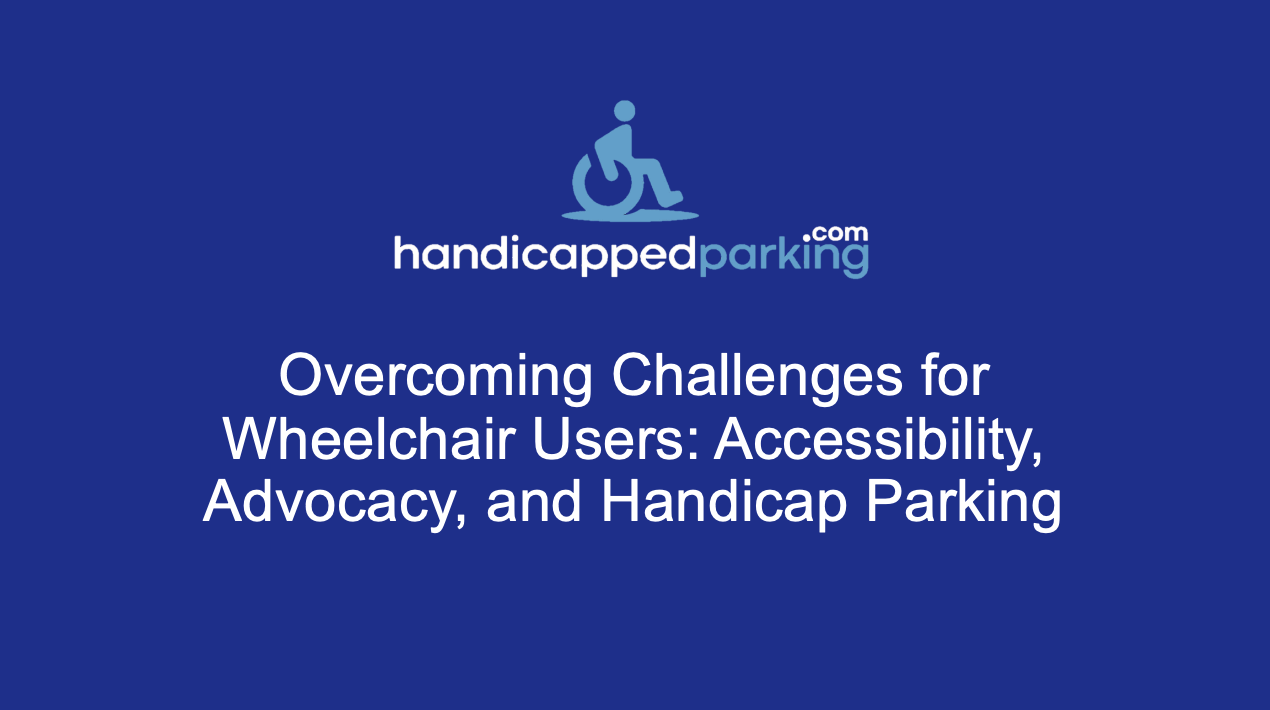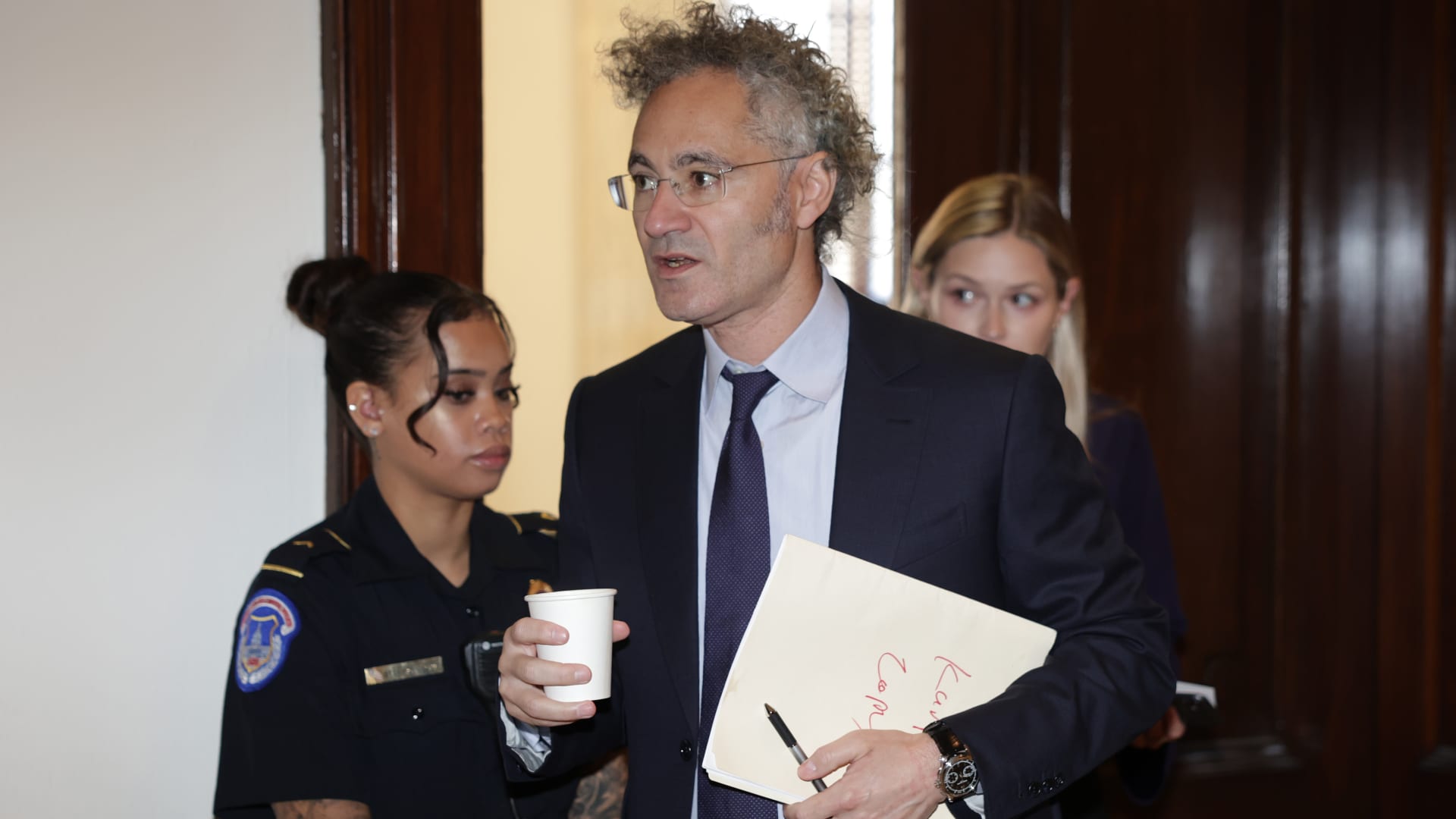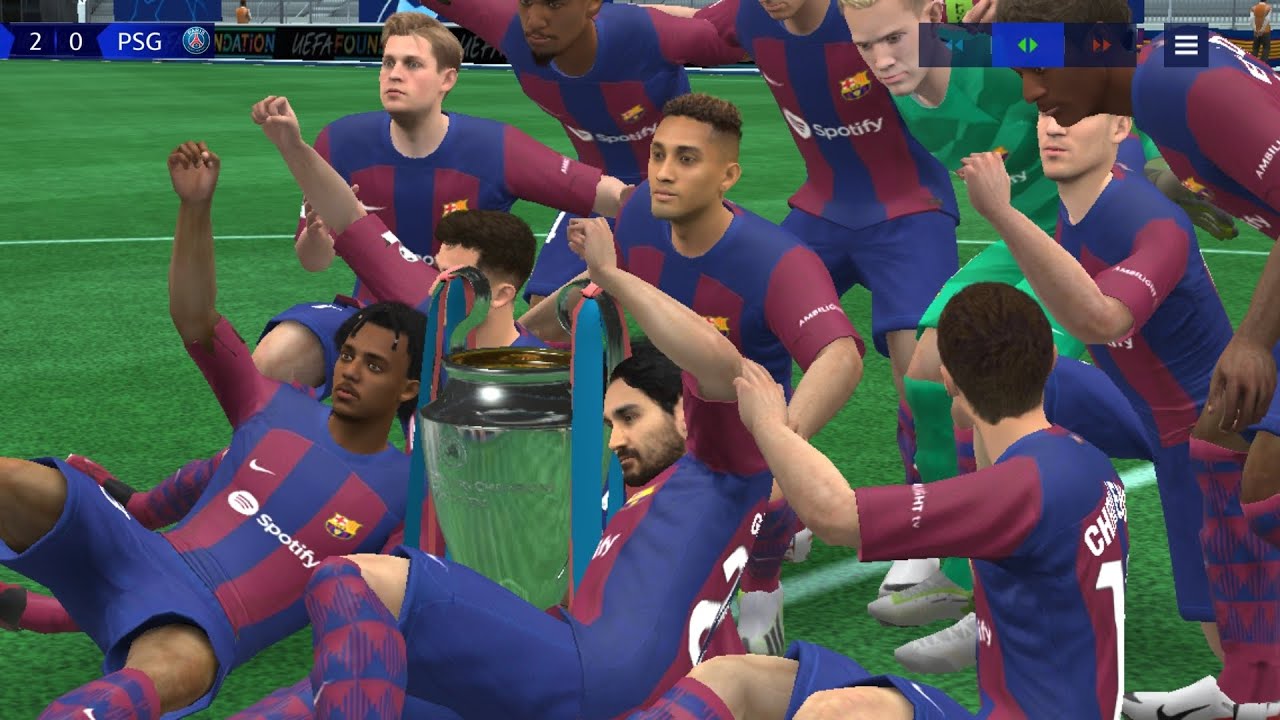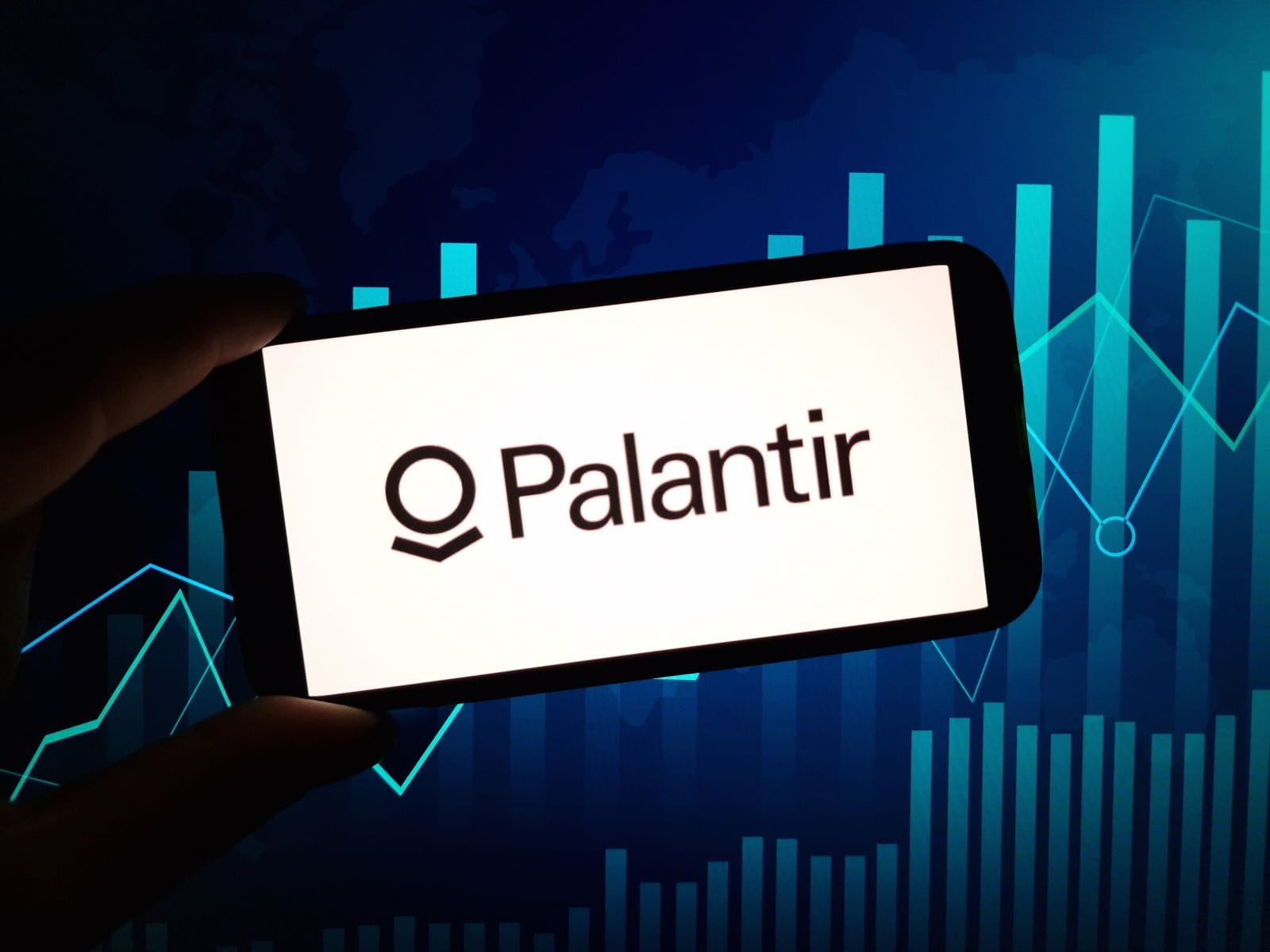Accessibility Challenges For Wheelchair Users On The Elizabeth Line: Gaps And Solutions

Table of Contents
Station Access: Navigating the Gaps
Navigating Elizabeth Line stations can present significant hurdles for wheelchair users. Many design aspects, while seemingly minor, create considerable barriers to ease of movement and safe passage. Improving station access for wheelchair users is paramount to ensuring a positive and inclusive travel experience.
Steep Ramps and Narrow Platforms
Many stations feature steep ramps and narrow platforms, presenting considerable challenges for wheelchair users. These issues are exacerbated during peak hours when crowds are dense.
- Insufficient space for maneuvering wheelchairs: The lack of sufficient space makes maneuvering, particularly with luggage or other mobility aids, incredibly difficult and stressful. This can lead to delays and increased risk of accidents.
- Steep inclines exceeding recommended accessibility guidelines: Some ramps exceed the recommended gradient for wheelchair accessibility, requiring significant exertion and potentially posing a safety risk.
- Lack of tactile paving in crucial areas: The absence of tactile paving in key locations, such as at platform edges and near stairs, significantly impacts the safety and independence of visually impaired wheelchair users.
- Inadequate signage and wayfinding for wheelchair users: Poor signage and a lack of clear, accessible wayfinding instructions make navigating stations confusing and time-consuming for wheelchair users.
Insufficient Lift Capacity and Reliability
Lift breakdowns and insufficient lift capacity are recurring problems, leading to significant delays and frustration for wheelchair users. This impacts not only their journey time but also their overall perception of the Elizabeth Line's accessibility.
- Limited number of lifts in some stations: Many stations have a limited number of lifts, leading to overcrowding and lengthy waits, especially during peak times.
- Frequent lift malfunctions and lack of timely repairs: Frequent malfunctions and slow repair times leave wheelchair users stranded and unable to access trains.
- Lack of real-time lift status information available to passengers: The absence of real-time information prevents wheelchair users from planning their journeys effectively and efficiently.
- Insufficient staff support to assist wheelchair users during lift malfunctions: A lack of readily available staff to assist wheelchair users during lift breakdowns adds to the frustration and inconvenience.
Train Accessibility: Onboard Challenges
Once on the station platform, challenges continue for wheelchair users boarding and traveling on the Elizabeth Line trains themselves.
Limited Wheelchair Spaces and Boarding Difficulties
The limited number of designated wheelchair spaces and difficulties boarding trains present significant obstacles. This issue is particularly pronounced at older stations lacking modern accessibility features.
- Inadequate space for wheelchair users and their companions: The limited space allocated for wheelchair users often restricts the ability of companions to travel alongside them comfortably.
- Gaps between train and platform causing difficulties for boarding: Significant gaps between the train and platform make boarding difficult and potentially dangerous, particularly for unaccompanied wheelchair users.
- Lack of consistent announcements regarding wheelchair spaces: Inconsistent announcements about the location of wheelchair spaces can lead to confusion and delays for wheelchair users.
- Insufficient assistance from train staff: A lack of readily available and properly trained staff to assist wheelchair users boarding and disembarking adds to the challenges.
Lack of Accessible Toilets
The absence of accessible toilets on many Elizabeth Line trains is a major concern, especially for users undertaking longer journeys.
- Absence of accessible toilets on a significant proportion of trains: This lack of provision causes considerable discomfort and inconvenience, particularly for individuals with specific medical needs.
- Need for improved toilet facilities design to accommodate various wheelchair types: The design of accessible toilets needs to accommodate the diverse range of wheelchair types and sizes.
Information and Communication Gaps
Clear and accessible information is essential for wheelchair users to plan their journeys confidently. The current provision falls short in several key areas.
Inadequate Information Provision
The lack of comprehensive, accessible information regarding accessibility features and potential challenges hinders journey planning for wheelchair users.
- Insufficient information available on the Elizabeth Line website and app: The current online information lacks detail and clarity regarding accessibility features at different stations and on different trains.
- Lack of clear visual and tactile signage within stations: Ambiguous or insufficient signage makes navigating stations independently challenging.
- Limited real-time updates on lift status and train accessibility: The lack of real-time updates on lift availability and train accessibility leaves wheelchair users with limited ability to plan their journey effectively.
Lack of Accessible Customer Service
Difficulties in contacting customer service and limited accessible communication methods further compound the challenges faced by wheelchair users.
- Long wait times for customer service assistance: Long wait times for assistance can be frustrating and leave wheelchair users feeling unsupported.
- Inadequate provision of alternative communication channels: The lack of alternative communication channels, such as text relay, limits accessibility for individuals with hearing impairments or other communication needs.
- Lack of trained staff to handle accessibility-related inquiries effectively: Staff may lack the specific training needed to understand and address accessibility-related issues efficiently.
Proposed Solutions for Improved Accessibility
Addressing the accessibility challenges on the Elizabeth Line requires a multifaceted approach encompassing infrastructure improvements, technological advancements, and enhanced staff training.
Infrastructure Improvements
Investing in infrastructure improvements is fundamental to resolving immediate accessibility concerns.
- Additional lifts: Installing more lifts in all stations will significantly reduce waiting times and improve overall accessibility.
- Wider platforms: Wider platforms will provide more space for wheelchair users to maneuver safely, particularly during peak hours.
- Improved ramps: Replacing steep ramps with gentler inclines will make navigation easier and safer for wheelchair users.
- Accessible toilet facilities: Equipping all trains with fully accessible toilets will improve the travel experience significantly.
Technological Solutions
Technology offers innovative solutions to enhance accessibility.
- Real-time accessibility information on apps: Providing real-time information on lift status, train accessibility, and potential delays through the Elizabeth Line app will empower wheelchair users to plan journeys more effectively.
- Improved wayfinding systems with audio and tactile elements: Deploying advanced wayfinding systems that incorporate audio and tactile elements will enhance navigation for visually impaired wheelchair users.
- Predictive maintenance for lifts: Implementing predictive maintenance for lifts will minimize disruptions and improve reliability.
Improved Staff Training and Support
Comprehensive staff training is critical for ensuring effective support for wheelchair users.
- Comprehensive training for staff on assisting wheelchair users: Training staff on how to assist wheelchair users effectively and sensitively is essential.
- Prompt responses to accessibility-related issues: Establishing procedures to ensure prompt responses to accessibility-related issues will improve the overall experience for wheelchair users.
- Dedicated support teams: Creating dedicated support teams to handle accessibility-related inquiries and provide assistance will ensure timely and effective support.
Conclusion
The Elizabeth Line offers significant potential for improving London's transport network. However, enhancing accessibility for wheelchair users is crucial for ensuring inclusivity. Addressing the gaps in station access, train accessibility, and information provision through infrastructure improvements, technological solutions, and improved staff training will significantly improve the experience for wheelchair users. By prioritizing the needs of wheelchair users, Transport for London can create a truly accessible Elizabeth Line for all, transforming journeys and promoting equal access to public transportation. Let's work together to improve Accessibility on the Elizabeth Line for Wheelchair Users, making it a model of inclusive public transport for cities worldwide.

Featured Posts
-
 How Did Donald Trumps First 100 Days Affect Elon Musks Wealth
May 09, 2025
How Did Donald Trumps First 100 Days Affect Elon Musks Wealth
May 09, 2025 -
 Palantir Q1 2024 Earnings What Government And Commercial Contracts Reveal
May 09, 2025
Palantir Q1 2024 Earnings What Government And Commercial Contracts Reveal
May 09, 2025 -
 Anons Matchey Ligi Chempionov Arsenal Protiv Ps Zh I Barselona Protiv Intera 2024 2025
May 09, 2025
Anons Matchey Ligi Chempionov Arsenal Protiv Ps Zh I Barselona Protiv Intera 2024 2025
May 09, 2025 -
 Palantir Stock Pltr Pre Earnings Analysis Buy Before May 5th
May 09, 2025
Palantir Stock Pltr Pre Earnings Analysis Buy Before May 5th
May 09, 2025 -
 Dakota Johnson And Chris Martin A Look At Career Choices
May 09, 2025
Dakota Johnson And Chris Martin A Look At Career Choices
May 09, 2025
